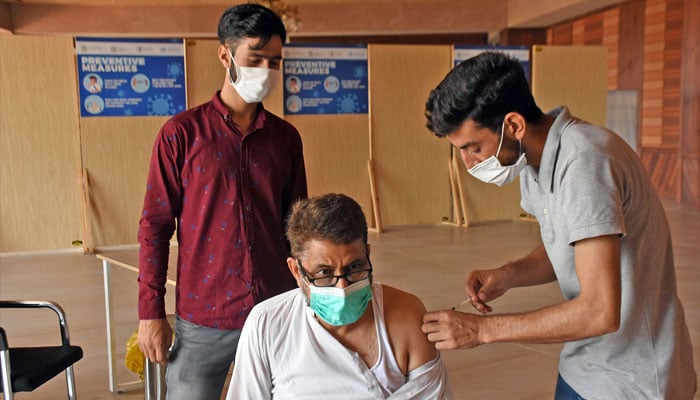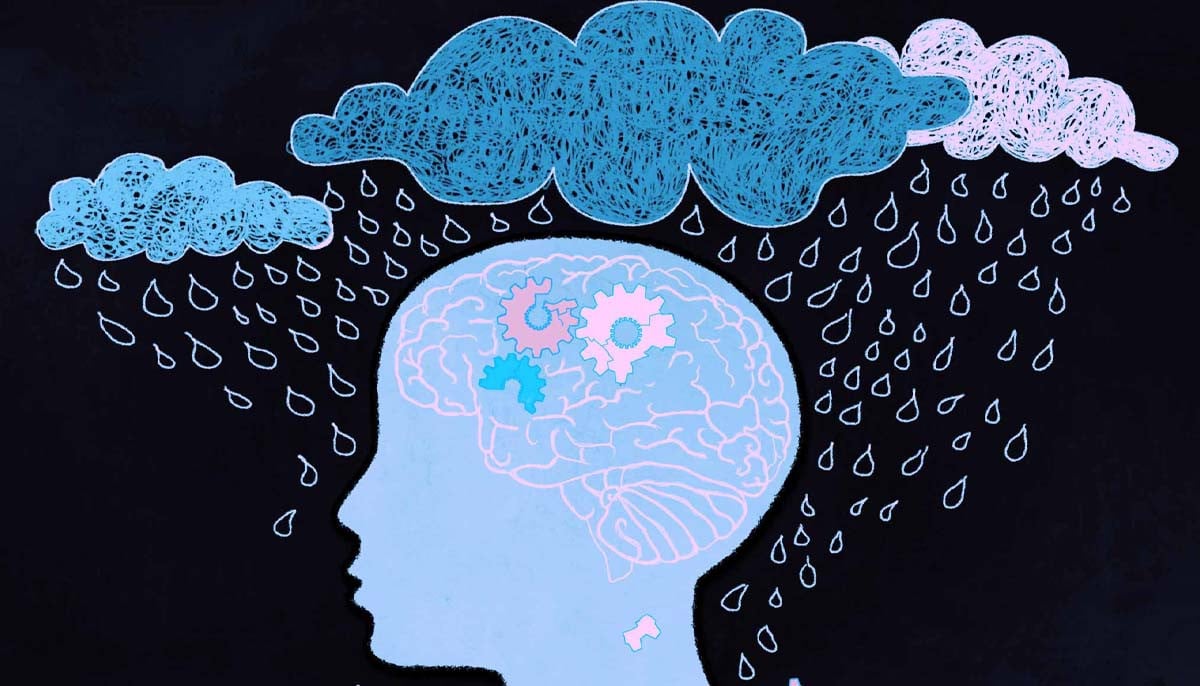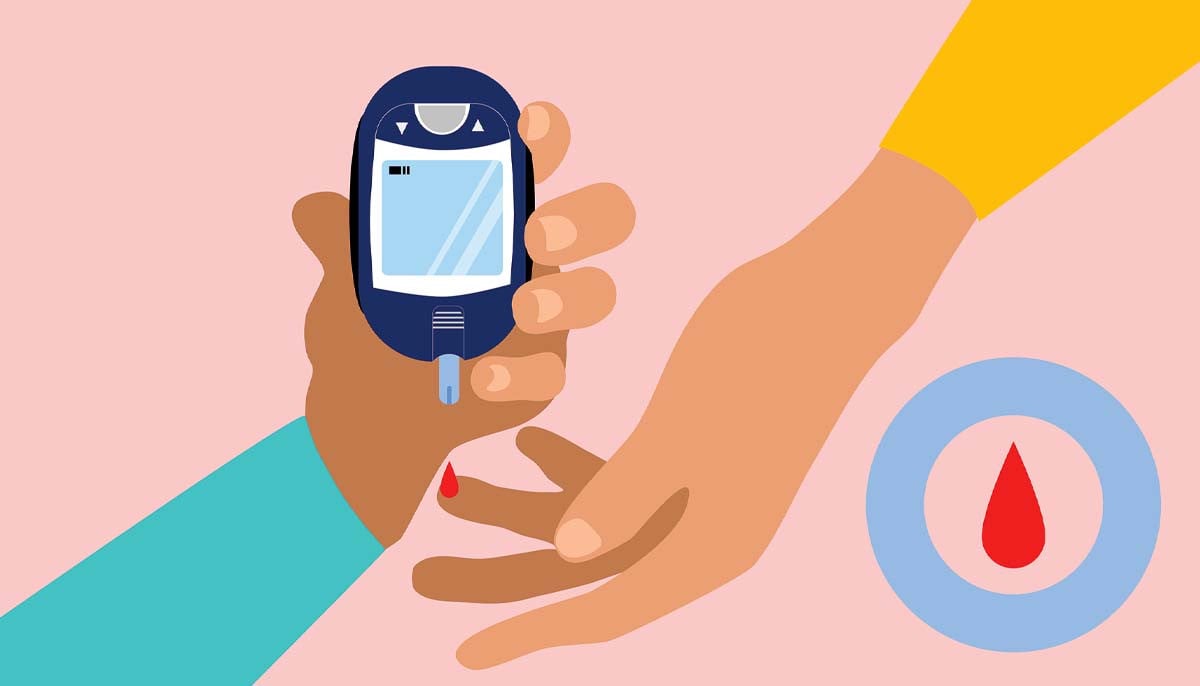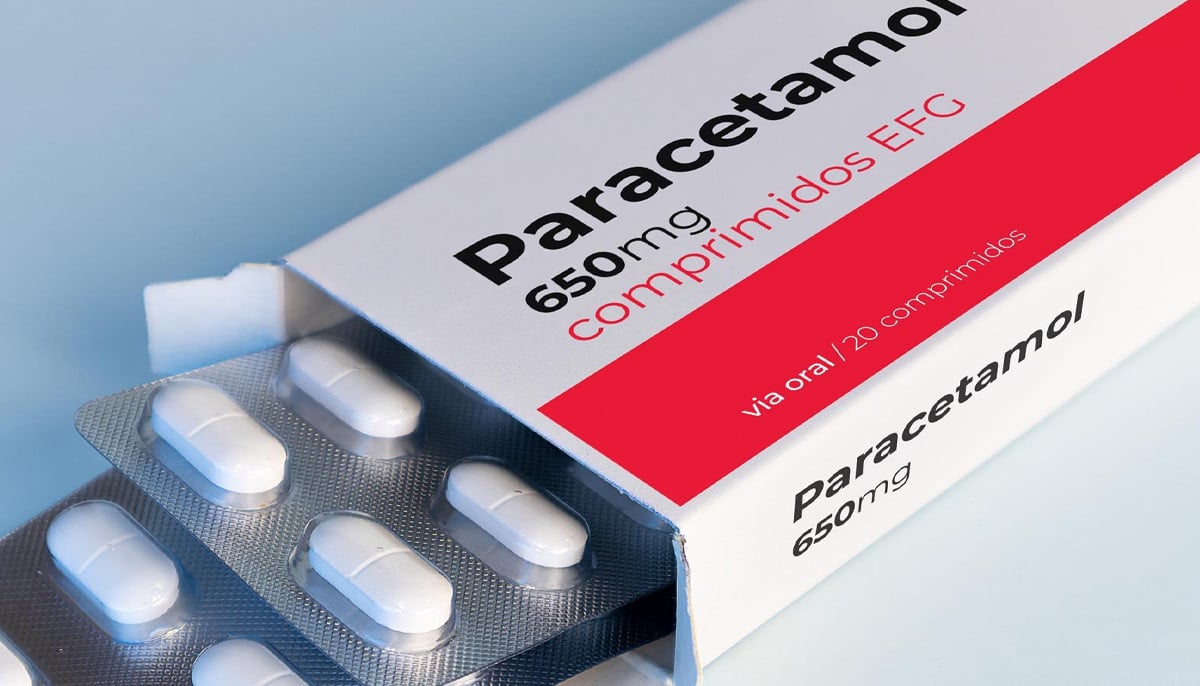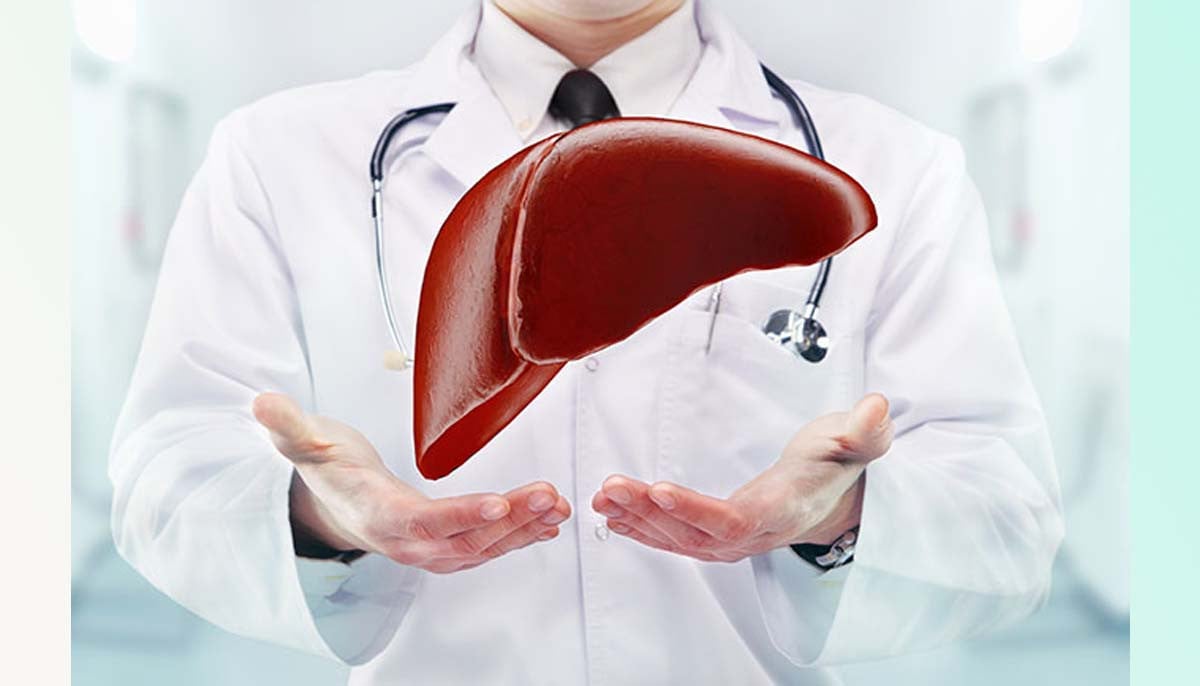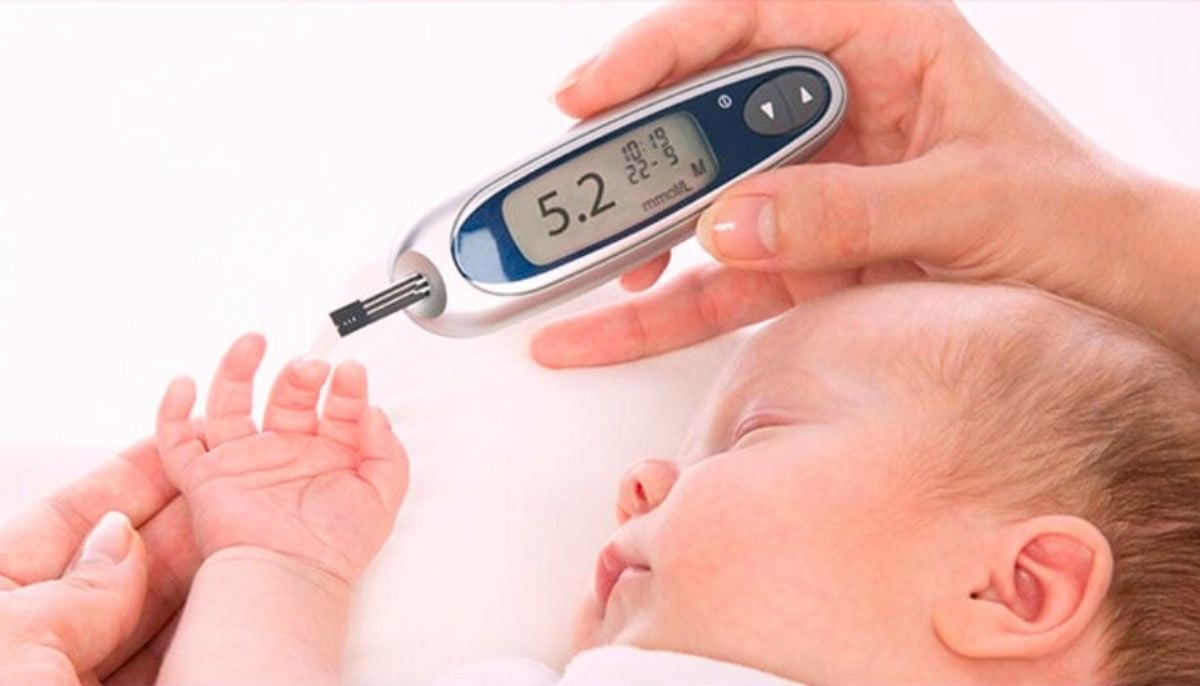Pakistan's top health body releases statement about Omicron's BF.7 variant
NIH confirms the presence of Omicron's sub-variant XBB, comments on BF.7 sub-variant
The National Institute of Health (NIH) Tuesday clarified that no case of the BF.7 sub-variant has surfaced so far in Pakistan, however, the presence of Omicron's sub-variant XBB has been confirmed.
The NIH spokesperson revealed that since its appearance, a total of 29 cases of XBB have been reported in Pakistan and made it clear that this is not the BF.7 variant — which is spreading in Pakistan’s neighbouring countries, India and China.
Rejecting news reports regarding the new COVID-19 variant, the NIH spokesperson said that such news was not accurate and the variant reported in some areas of the country is XBB — an older variant of Omicron.
On December 26, the National Command and Operation Centre (NCOC) also denied the detection of the Omicron sub-variant BF.7 in Pakistan and said there was no threat of any new variant of COVID-19.
Based on observations, BF.7 is more contagious than other sub-variants of Omicron but less virulent. Infection with BF.7 has a much lower risk of hospitalisation and severe COVID.
However, BF.7 infections can be severe in those with high blood pressure, kidney diseases, diabetes, or other comorbidities and in those who are over sixty years of age.
According to health experts, BF.7 is a sub-lineage of the Omicron variant — the dominant variant circulating globally of the Sars-CoV-2 coronavirus. It has a neutralisation resistance which is 4.4 times higher than that of the original D614G variant.
This means, in a laboratory setting, antibodies from a vaccinated or infected individual are less likely to destroy BF.7, as compared to the original virus first detected in the Chinese city of Wuhan in December 2019.
This sub-variant also has a shorter incubation period and a higher capacity to cause reinfection or infect even those who are vaccinated.
The XBB.1.5 variant of COVID is actually a sub-variant of XBB. It is made of a combination — or mutation — of BA.2.75 and BA.2.10.1.
BF.7 is a BA.5.2.1.7 mutation of Omicron BA.5. The variant BF.7 has an R346T mutation in the spike protein of the virus and can evade antibodies originally derived from the Wuhan virus, particularly vaccines such as the Sinovac.
The XBB.1.5 variant is said to be more dangerous as it is more contagious than BF.7 and its cases are 56% more than BF.7, XBB.1.5 scales up to 120% faster than BF.7 and XBB.1.5 are not only affecting the vaccine and the body’s antibodies but also weakening it.
Symptoms of BF.7 infection are similar to those of other COVID-19 variants, such as fever, sore throat, runny nose, and cough. Some patients may also experience diarrhoea and vomiting. While the variant may not cause severe complications, early detection, and isolation of cases is crucial because it is spread more easily.
Recently, the sub-variant has also been detected in several countries, including China, India, Germany, Belgium, France, Denmark, the United States, and the United Kingdom.
However, Pakistan's senior medics are divided over the presence of the sub-variant in the country, with some claiming that in addition to the XBB variant, the highly infectious BF.7 might also be present and circulating in the country as there were no travel restrictions in place to prevent the movement of the COVID-19.
-
Find out how you can avoid diabetes at your home
-
Pregnant women fighting 'like hell' against paracetamol?
-
‘Stranger Things’ star David Harbour speaks up about ‘psychotherapy’
-
Serious liver scarring shows potential to be reversed with latest drug
-
Late-night snacking linked to higher risk of liver disease
-
Newborns at risk: Health experts warn your baby could already have diabetes
-
Oprah Winfrey reveals how her weight-loss medication works
-
NHS issues 'eight-week' warning for omeprazole users
